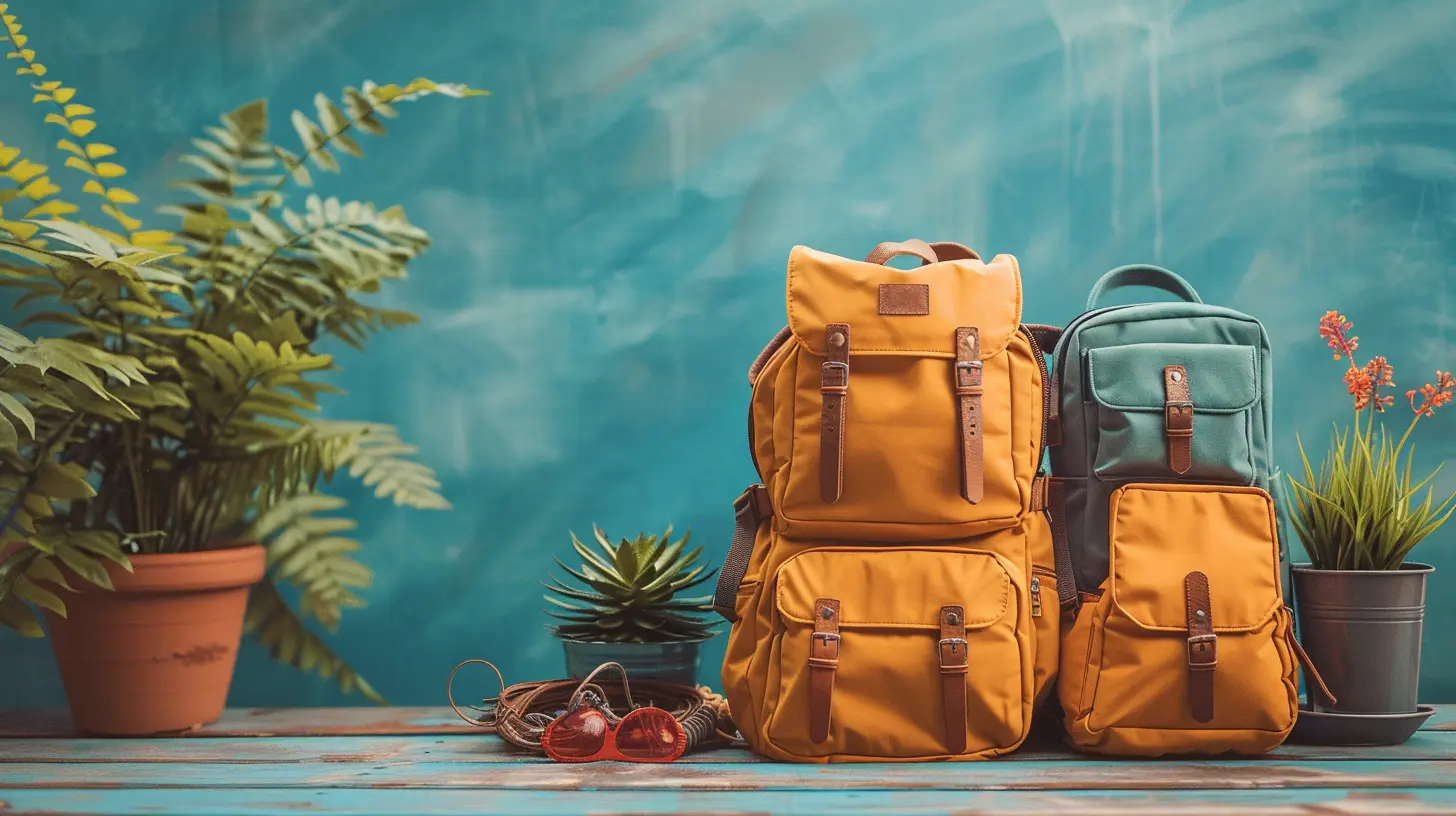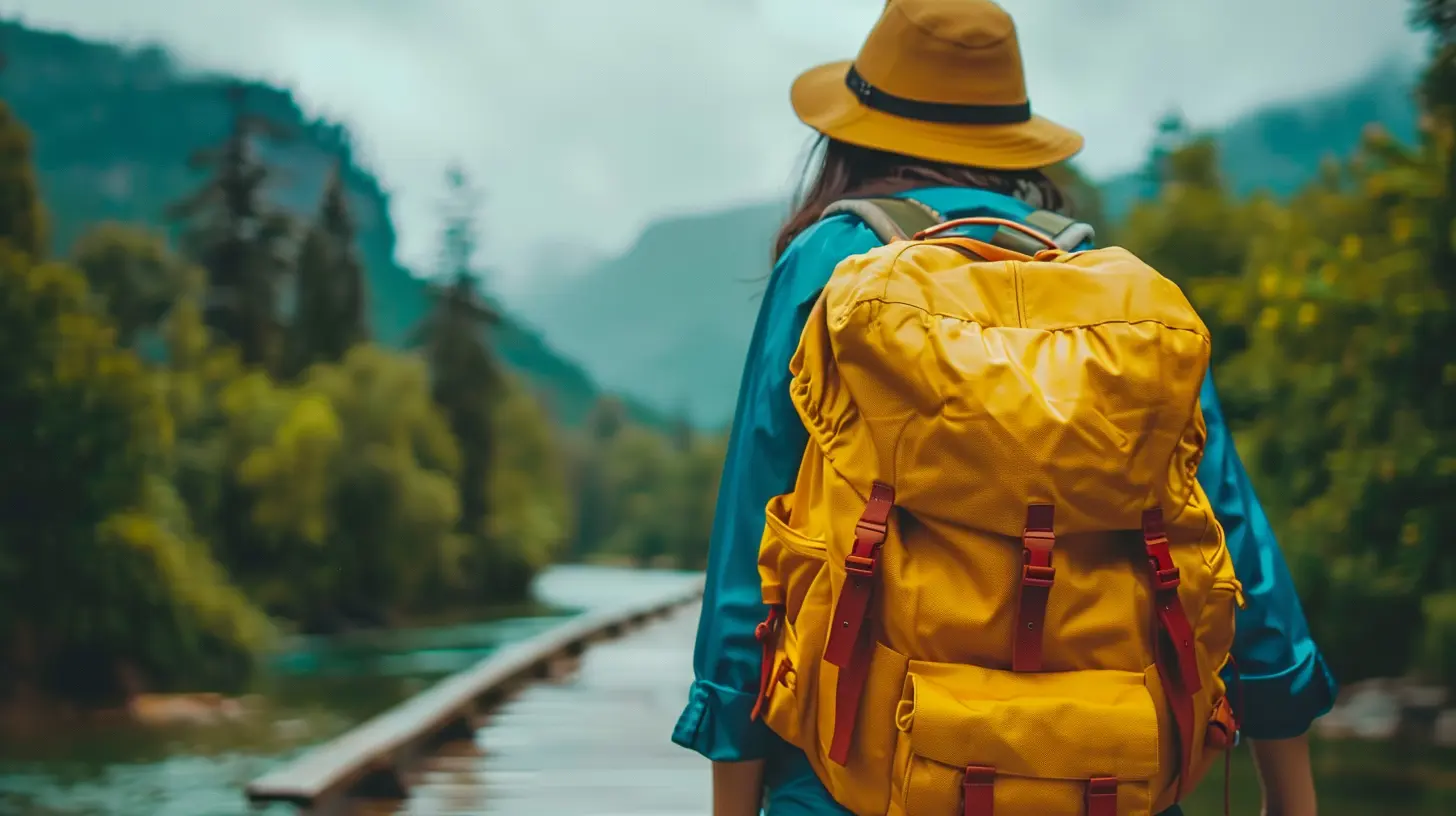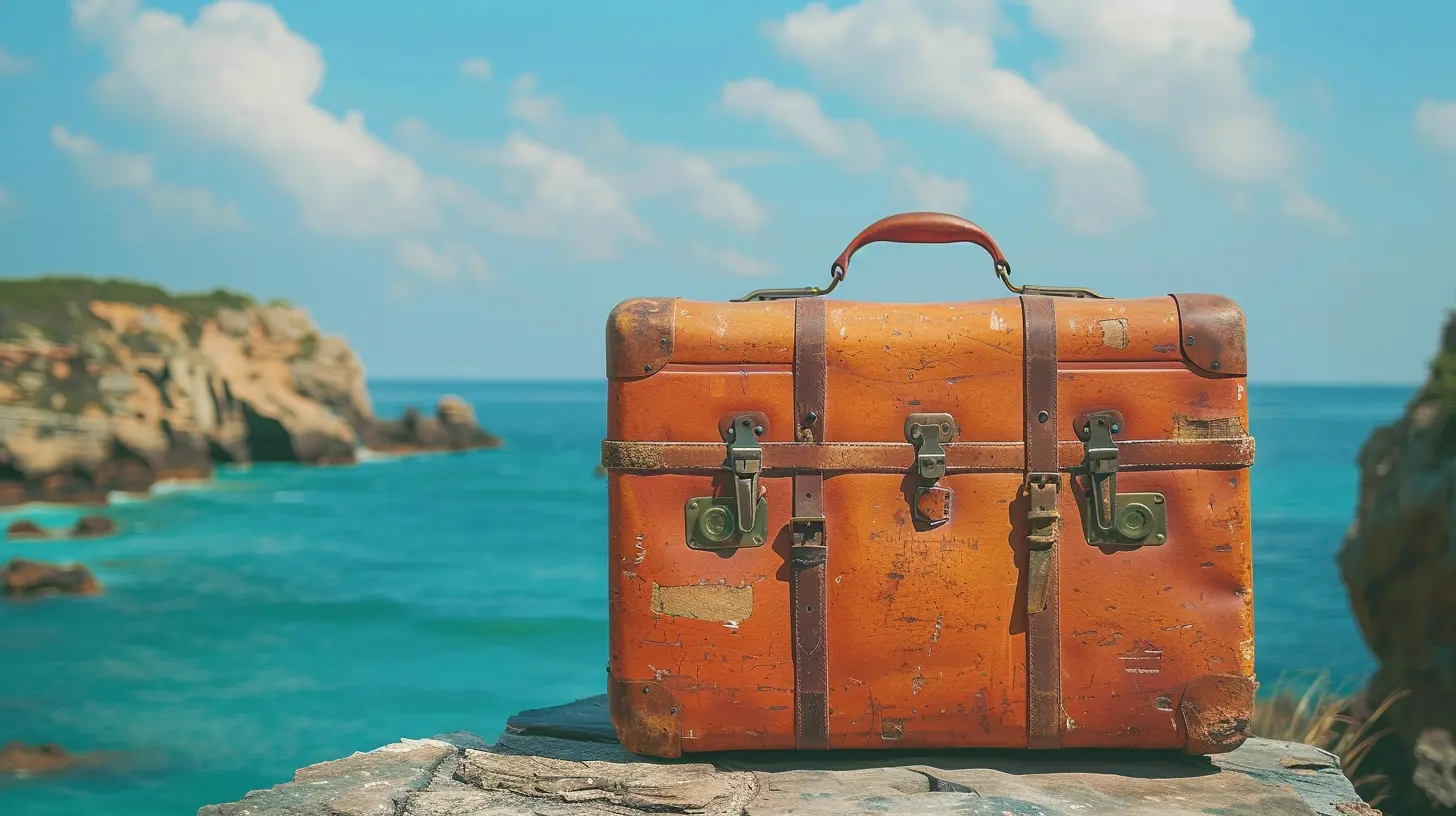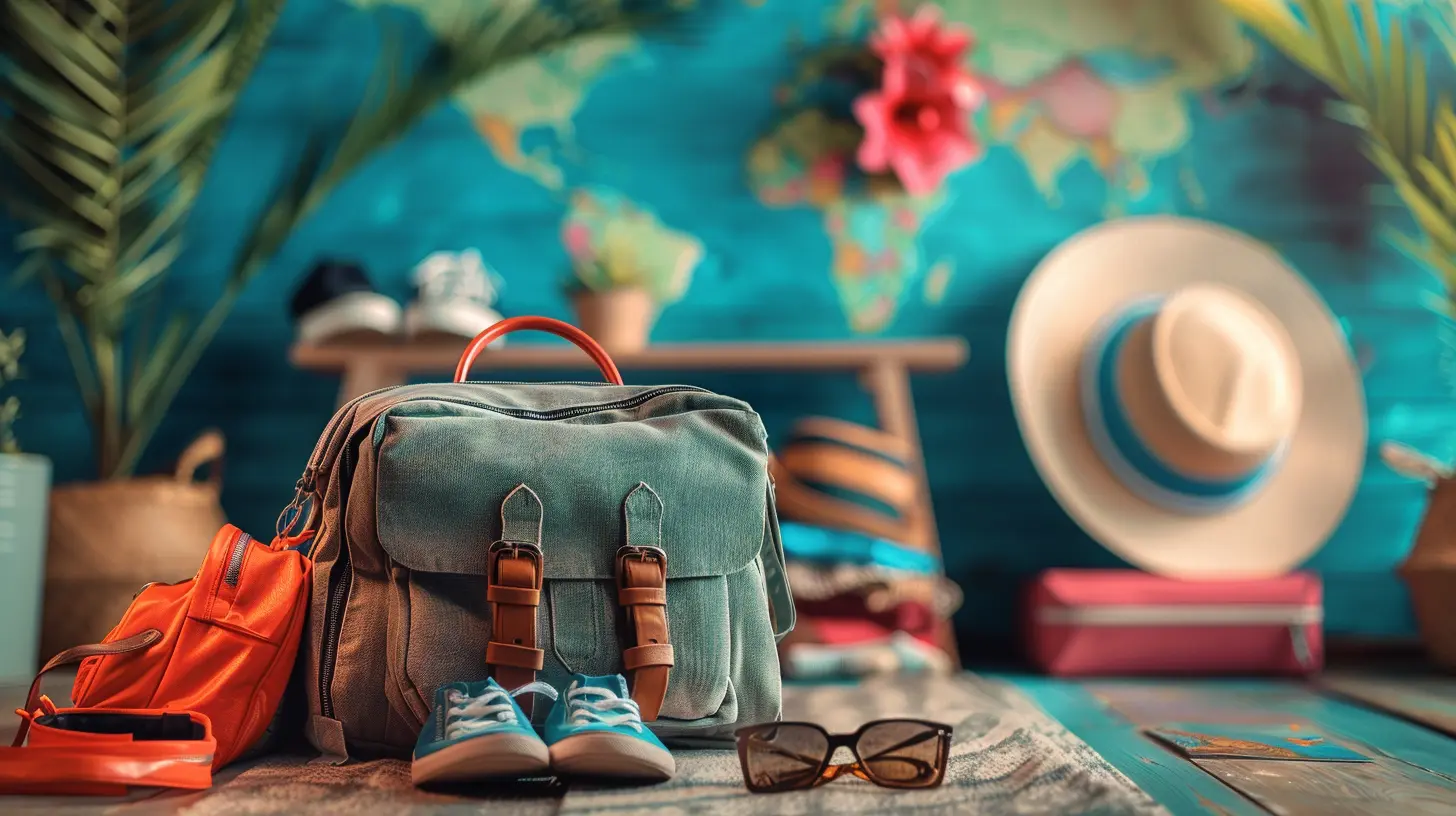Packing for Cultural Immersion: What to Bring and What to Learn
21 June 2025
Cultural immersion isn’t just about visiting a place—it’s about experiencing it on a deeper, more personal level. If you’re planning to travel beyond the touristy spots and truly connect with the local people, customs, and traditions, packing smart is crucial. But it's not just about what you bring physically; it’s also about what you carry mentally and emotionally.
So, what should you pack for a trip that immerses you in a new culture? Let’s break it down.

1. Packing the Essentials for Cultural Immersion
When you're traveling for cultural immersion, every item in your bag should serve a purpose. Overpacking will slow you down, while underpacking might leave you unprepared. Here’s what to consider:Clothing: Dress for Respect and Comfort
Your attire can make or break your cultural experience. Some cultures value modesty, while others lean towards vibrant, expressive clothing. Research the local dress code before you go.- Respect Local Norms – In many religious or conservative regions, covering your shoulders and knees is a sign of respect.
- Pack Versatile Pieces – Lightweight, wrinkle-free fabrics that mix and match will save space and keep you comfortable.
- Consider the Climate – If you're headed to a humid region, opt for breathable materials like cotton or linen. For colder destinations, layering is key.
Footwear: Practicality Over Fashion
Walking will likely be a big part of your experience, whether you're meandering through ancient alleys or strolling bustling markets.- Bring comfortable, durable shoes—ones that won’t kill your feet after a long day.
- Consider slip-on shoes if you're visiting places where you often need to remove footwear, like temples or traditional homes.
Cultural Gifts: A Token of Appreciation
Bringing small yet meaningful gifts is a great way to show gratitude to local hosts or new friends.- Think handmade items from your home country—they add a personal touch.
- Avoid overly extravagant or expensive gifts, as they might make someone feel uncomfortable.
Language Guide: Communication is Key
Even if English is widely spoken where you're headed, learning a few local phrases can go a long way.- Pack a phrasebook or download a translation app.
- Write down key words for emergencies or polite phrases like “thank you” and “excuse me.”
- Locals appreciate the effort, even if your pronunciation isn’t perfect.
Personal Hygiene & Health Items
Different countries have different hygiene standards, and what’s easily available at home might not be accessible abroad.- Travel-sized hand sanitizer, wet wipes, and tissues are lifesavers.
- If you have allergies or dietary restrictions, carry a small first-aid kit and necessary medications.
- Sunscreen and insect repellent can prevent unnecessary discomfort. 
2. What to Learn Before You Go
Packing isn't just about what fits in your suitcase—it’s also about arming yourself with knowledge. A little preparation can transform your journey from a standard vacation into an eye-opening experience.Cultural Norms & Etiquette
Every culture has its do’s and don’ts. Something as simple as a handshake or pointing a finger can mean different things in different countries.- Dining Etiquette – In Japan, it’s polite to slurp noodles; in some Middle Eastern countries, eating with your left hand is frowned upon.
- Gestures & Body Language – A thumbs-up might mean “good” in one place but be offensive in another.
- Religious Practices – Some cultures require you to remove shoes before entering homes or places of worship.
History & Traditions
Understanding a place’s history and traditions makes your experience richer.- Read books or articles about the country’s past—knowing the background of historical sites makes visiting them more meaningful.
- Watch documentaries or films made by local creators to get an authentic perspective.
- Follow local news—being aware of current events can help you engage in conversations with locals.
Basic Language Skills
Speaking just a few words in the local language can create instant connections.- Learn common greetings, numbers, and phrases like “How much does this cost?” or “Where is the bathroom?”
- Practice at home with language apps before your trip.
- If you're staying longer, find a local tutor or language exchange to deepen your understanding. 
3. Mindset Matters: How to Approach Cultural Immersion
Even with all the right packing, the most important thing you bring is an open mind. Here’s how to mentally prepare:Embrace the Unfamiliar
Things won't always go as planned, and cultural differences might feel overwhelming at times. Instead of resisting change, lean into it.- Be curious, not judgmental—just because something is different doesn’t mean it's wrong.
- Accept discomfort as part of the learning process.
- Stay open to new experiences, whether it’s trying a strange street food or joining a local festival.
Practice Active Listening
Listening is one of the best ways to understand a culture.- Ask open-ended questions when speaking with locals.
- Observe how people interact—what’s considered polite or rude?
- Don’t interrupt—sometimes silence holds meaning in communication.
Respect Over Assumption
Cultural immersion isn’t about imposing your beliefs—it’s about understanding others’.- Avoid saying, “In my country, we do it this way.” Instead, ask, “What’s the reason behind this tradition?”
- Don’t assume that everyone wants to change their ways to be more like yours. 
4. The Last-Minute Checklist
Before you head out the door, run through this quick checklist to ensure you're well-prepared:✔ Travel documents (passport, visa, copies of important papers)
✔ Local currency & backup payment options
✔ Adaptors & chargers for your devices
✔ Notebook or journal to capture cultural insights
✔ Eco-friendly shopping bag for market visits
✔ Emergency contacts written down in case your phone dies
Final Thoughts
Cultural immersion is about more than just seeing a place—it’s about experiencing it in its raw, profound, and authentic form. What you pack in your bag plays an important role, but what you bring in your heart and mind matters even more.So, go ahead, pack wisely, keep an open mind, and step into a world of connections, traditions, and unforgettable memories.
all images in this post were generated using AI tools
Category:
Packing TipsAuthor:

Pierre McKinney
Discussion
rate this article
2 comments
Zella Barnes
Packing for cultural immersion? Don’t forget an open mind and a sense of humor! Also, a universal adapter for your devices, a pair of comfortable shoes for all that walking, and perhaps an extra suitcase for all the new snacks you’ll collect!
September 18, 2025 at 4:27 AM

Pierre McKinney
Great tips! An open mind and humor are essential for a rewarding experience, and practical items like a universal adapter and comfy shoes are must-haves. Happy packing!
Isaac Cummings
This article offers invaluable insights on preparing for cultural immersion. The packing tips are practical, and the emphasis on learning local customs is essential for meaningful experiences. I appreciate the thoughtful approach to blending travel with cultural appreciation. Thanks for sharing these useful suggestions!
June 22, 2025 at 2:35 PM

Pierre McKinney
Thank you for your kind words! I'm glad you found the tips helpful for a meaningful cultural immersion experience. Happy travels!


